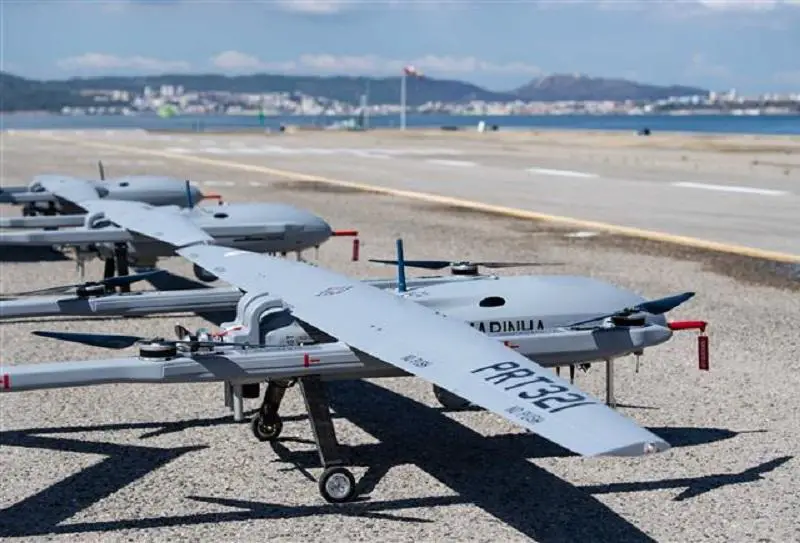The first iteration of NATO’s Dynamic Messenger 2022 ended on 30th September after bringing together 16 NATO Allies, the defence industry, and academia to Portugal’s Maritime Operational Experimentation Centre (CEOM) near Troia, Portugal. NATO’s first operational experimentation exercise was focused on maritime uncrewed systems. Maritime operational experimentation within NATO is designed to increase innovation, deliver capability and develop new ways of working together. During the week-long exercise, 48 uncrewed assets operated underwater, on the surface and in the air.
“We have now conducted the first operational experimentation phase of Dynamic Messenger. Now we must bring the data, the observations and the lessons learned forward to better define how those emerging disruptive technologies, particularly uncrewed maritime systems, can be brought into the operational sphere,” said Vice Admiral Guy Robinson, Chief of Staff of Allied Command Transformation.

“We recognise that the introduction of maritime uncrewed systems presents challenges and opportunities for the Alliance, in all aspects of maritime warfare. Dynamic Messenger 22 has significantly increased our capacity to employ current and future technologies. This is an important aspect of our vital work with maritime uncrewed systems to further increase NATO’s technological advantage,” said Vice Admiral Keith Blount, Commander of Allied Maritime Command.
The drones then transmitted data to combat management systems of 18 participating NATO vessels and the exercise command centre, located at Troia. This supported tactical scenarios dealing with harbour and force protection, anti-submarine warfare, amphibious operations and naval mine warfare. The observations, analysis and lessons learned from the execution of each scenario feeds into the development of NATO’s tactics, techniques and procedures in the use of uncrewed maritime systems, informing nations’, and the Alliance’s, capability development and digital transformation.















